|
Click on pictures to enlarge
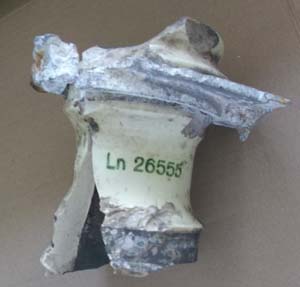
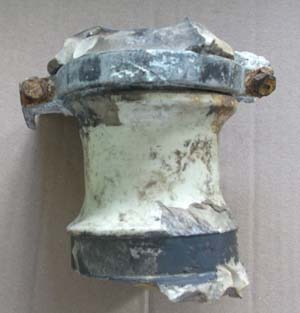
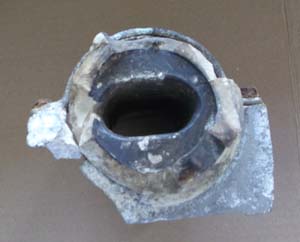
|
BF 110 Radio Antenna
Insulator (No.12 Pg 1 Relics)
This is very rare ariel antenna
insulator from BF 110 purchased on our trip to
Arnhem. Recovered by an aviation
archaeologist from the Arnhem area this aircraft was have
been shot down during the Battle or as a night fighter as this
area was a major route for allied bombers on their way to
targets in Germany.
Seen under the
position of this part in the BF 110
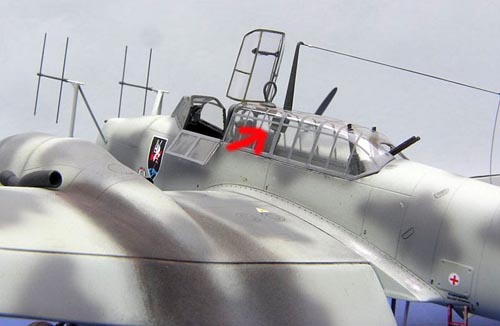
Below the night
fighter version of the BF 110 with radar equipment.
£155


|
|
Click on pictures to enlarge
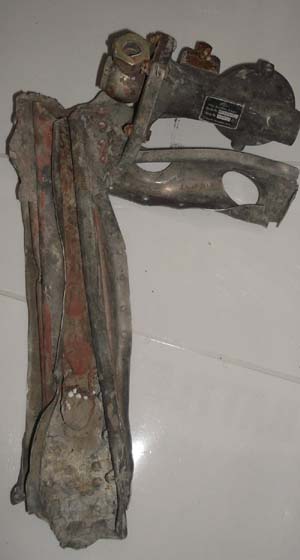
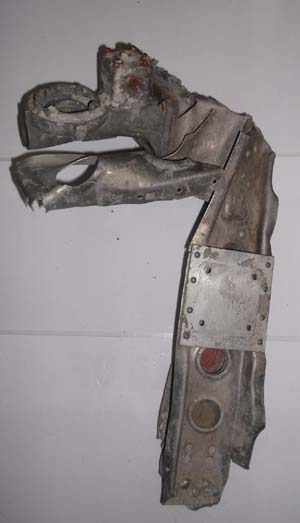
|
FW 190/BF 109 Relic
with Fuel Filter
(No.11 Pg 1 Relics)
This is substantial relic with a
fuel filter attached. Purchased on our trip to
Arnhem.
We are not sure
whether its from a FW 190 or BF 109 as the fuel filter could
have been from either aircraft.
Recovered by an aviation
archaeologist from the Arnhem area, this aircraft was almost
certainly shot down during the Battle.
Click on pictures to enlarge
Out of stock more wanted please
contact me
|
|
Click on pictures to enlarge
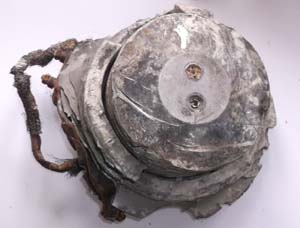
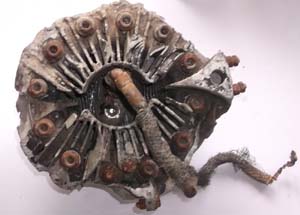
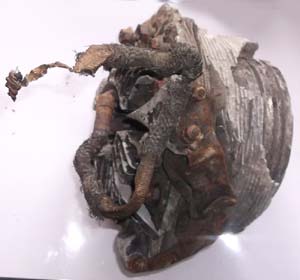
|
Short Stirling Head from Arnhem
(No.10 Pg 1 Relics)
Here is a cylinder head purchased on our trip to
Arnhem.
The Stirling was
used extensively during the Battle of
Arnhem and this head was recovered by an aviation
archaeologist from a crash site in the Arnhem area.
A great piece
of history from a now extinct aircraft..
Click on pictures to enlarge
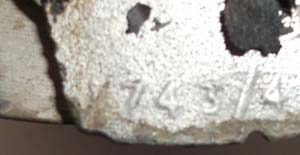
£175


|
|
|
These are Relics
From SpitfireSpares Second Trip to Arnhem
|
|
Click on pictures to enlarge
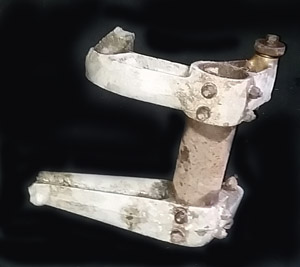
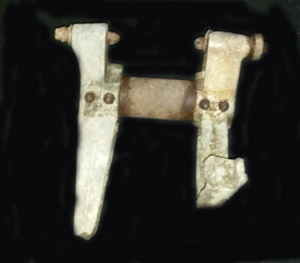
£125


|
B-26 Undercarriage
Relic (No.9 Pg 1 Relics)
In September 1944 the Allies launched Operation
Market Garden. The road bridge across the Lower Rhine should
have been the final objective of the operation, and its capture
was tasked to the British
1st Airborne Division. Unexpected German resistance in Arnhem
meant that only a small force of some 740 men were able to reach
the northern end of the bridge, commanded by Lt-Colonel John
Frost. On the night of the 17 September the British attempted to
take the southern end of the bridge, using a flame thrower to
destroy German positions in the bridge's towers. This
accidentally ignited an ammunition store and the fresh paint on
the bridge caught fire, illuminating the area for most of the
night and forcing the British to abandon their attempt.
The superior German forces in Arnhem eventually overwhelmed
Frost's men, although this took several days. They had however
succeeded in closing the bridge to German armour for some four
days; twice as long as a whole division was expected to hold the
bridge for. The rest of the division held out at nearby Oosterbeek until
25th September before being evacuated across the river.
Although the bridge survived the battle, it was bombed and
destroyed by B-26
Marauders of the 344th
Bomb Group on 7
October 1944 to prevent the Germans from using it to send
reinforcements south of the river.
Here we have a part of the undercarriage of a B26 - Marauder.
Part numbers
361667 and 361835
Seen on the
undercarriage below:
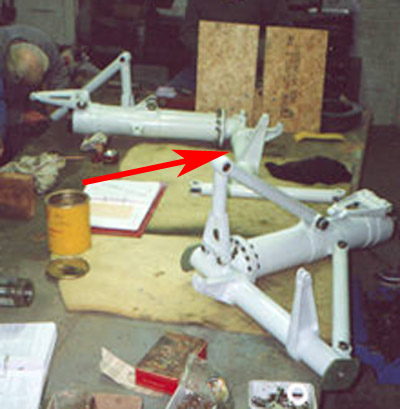 |
|
Click on pictures to enlarge
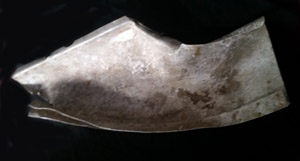
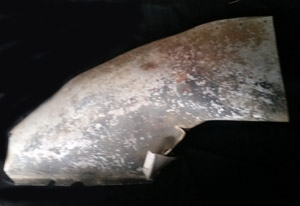 |
German Night fighter
Cowling (No.8 Pg 1 Relics)
This is the cowling from a
unknown German night fighter recovered form the around the Arnhem area.
There is still has some of the original
black paint on the piece.
Part Number
59249H
Click on picture to enlarge

Germany’s main night fighters were the Messerschmitt
Bf-110G,
the Junker
Ju-88G6,
the Dornier Do-217J
and the Heinkel He-219A
Uhu (Owl).
£120


|
|
Click on pictures to enlarge
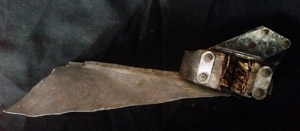
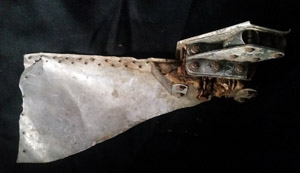 |
Handley Page Halifax
Relic (No.7 Pg 1 Relics)
This has a Handley Page part
number. The makers stamps on this piece show that it
was from a Halifax Mk.1 and that it was manufactured by English
Electric who was contracted by Handley Page to build airframe
parts.
This was recovered from the around the Arnhem area.
The bomber routes from England
to Germany would have taken aircraft over Holland where German
anti-aircraft defences and airfields were set up in force to
defend Germany from being bombed.
Part Number 57520C16
Out of stock more wanted please
contact me
|
|
Click on picture to enlarge
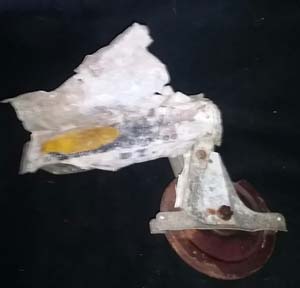
£55


|
Bakelite Control
Pulley (No.6 Pg 1 Relics)
Here is a Bakelite Pulley as
used in the control systems of most aircraft.
It is still connected to a
piece of airframe.
The airframe still has some
original blue and yellow paint.
This was recovered from the
Arnhem area of Holland.
Click on picture to enlarge
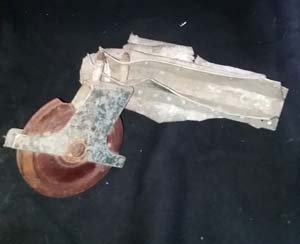
|
|
Click on pictures to enlarge
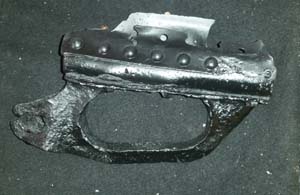
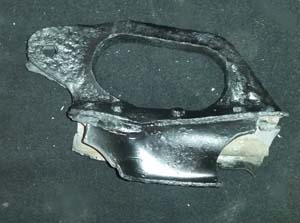
|
Bristol Blenheim
Canopy Handle (No.5 Pg 1 Relics)
Here we have the handle for
the sliding canopy of the Bristol Blenheim.
It is made of steel and has
part of the aluminium frame attached.
It has been rust treated and sprayed
black.
This was recovered from the
Arnhem area of Holland.
£75


|
|
Click on pictures to enlarge
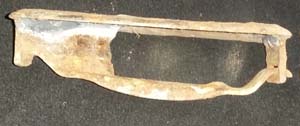
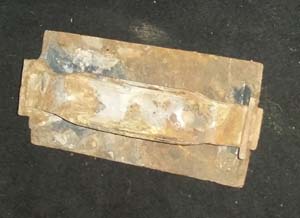
|
Brake Shoe (No.4 Pg
1 Relics)
Here we have a brake shoe as
used in the undercarriage of RAF aircraft.
It is made of steel and has
some corrosion.
This was recovered from the
Arnhem area of Holland.
£25


|
|
Click on pictures to enlarge
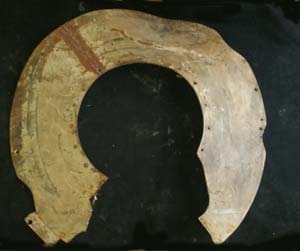
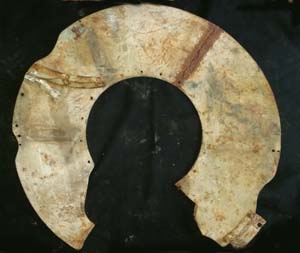
|
BF110 Oil Tank Armour (No.3 Pg 1 Relics)
This is the armour plate that
protects the oil tanks on the BF110. This
was purchased from an Aviation archaeologist on our latest
trip to
Arnhem.
BF110 44076 crashed after
being shot down by a Mosquito FB VI from 515 Squadron by
Pilot Squadron Leader Paul Rabone at Eedle Airfield in the
Netherlands.
The three crew of the
BF110 Pilot Herbert Beyer, Navigator Hans Peter
Mann and Gunner Franz Riedel all died in the crash.
Messerschmitt
BF110
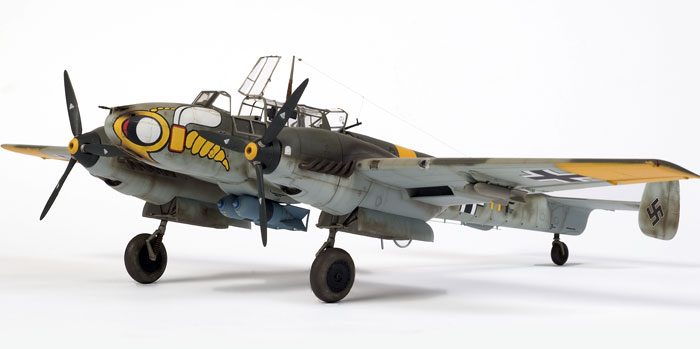
£195


Please
Contact us for International Postage |
|
Click on
picture to enlarge
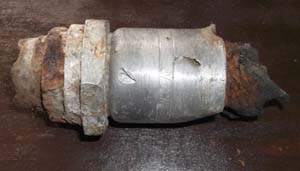 |
Argus Engine
Connector (No.2 Pg 1 Relics)
This is an engine pipe that
connects to a Argus engine pipe.
These were used in the FW189,
Fi156 as well as other Luftwaffe Aircraft.
£35


|
|
Click on
pictures to enlarge
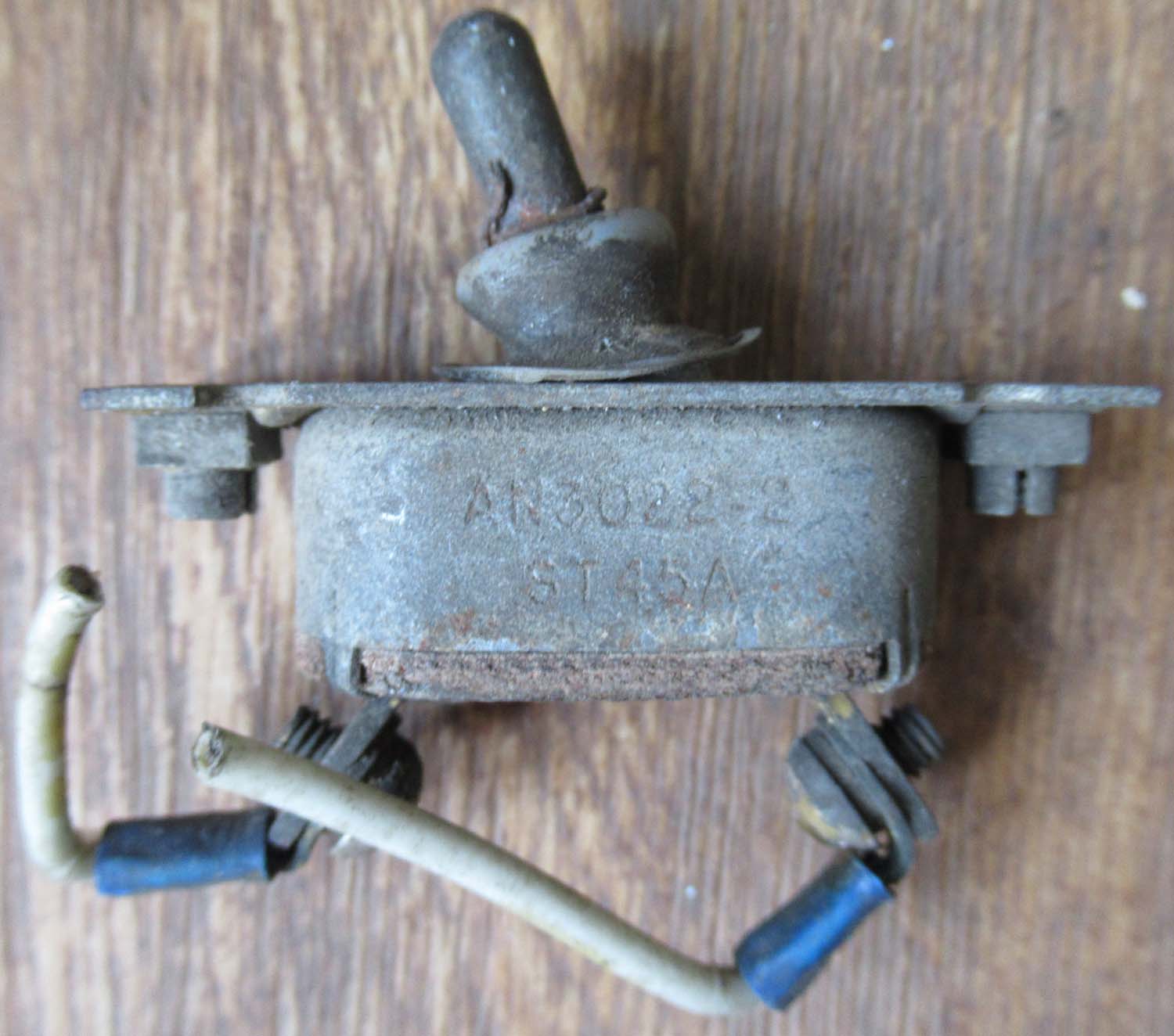
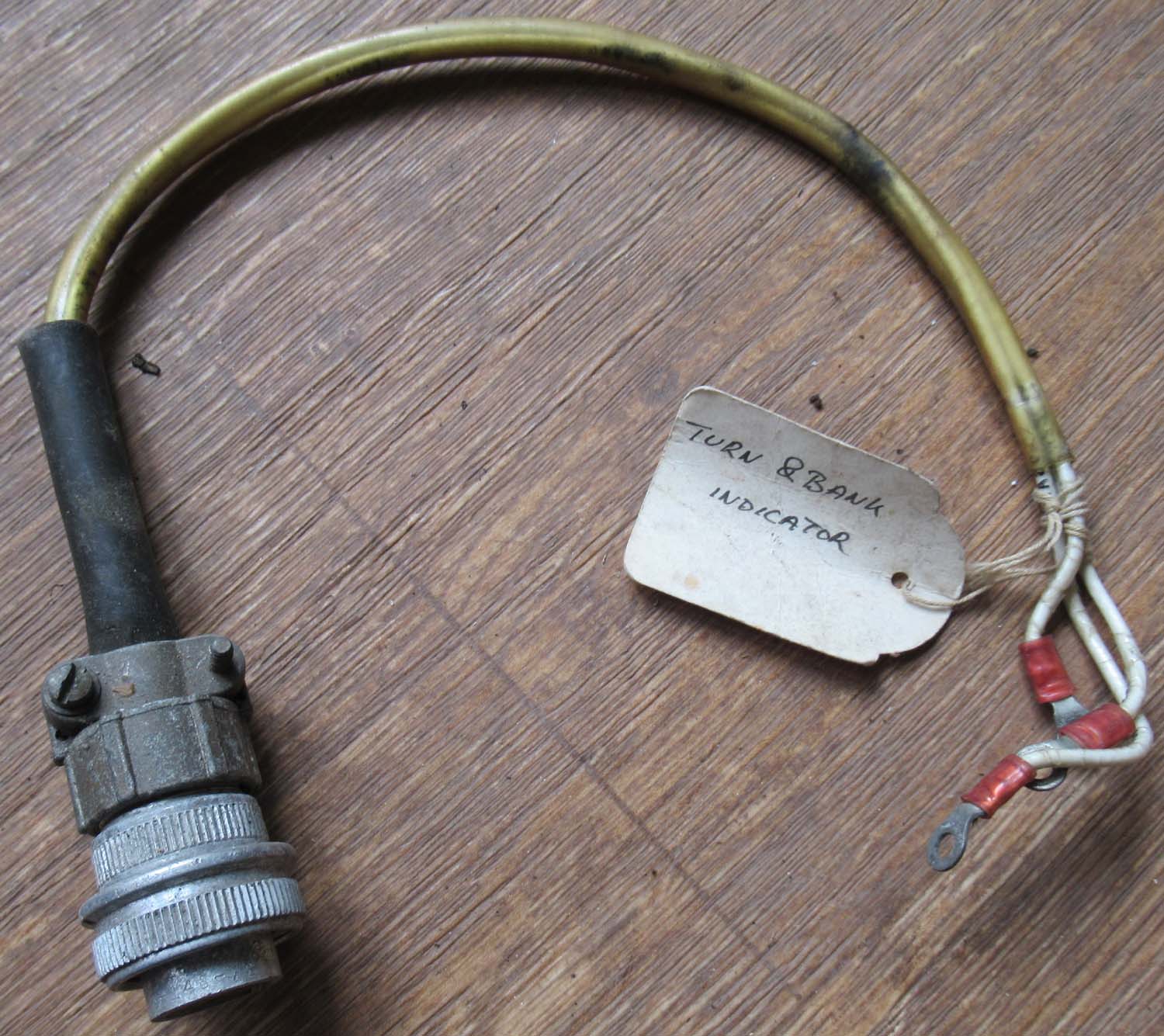
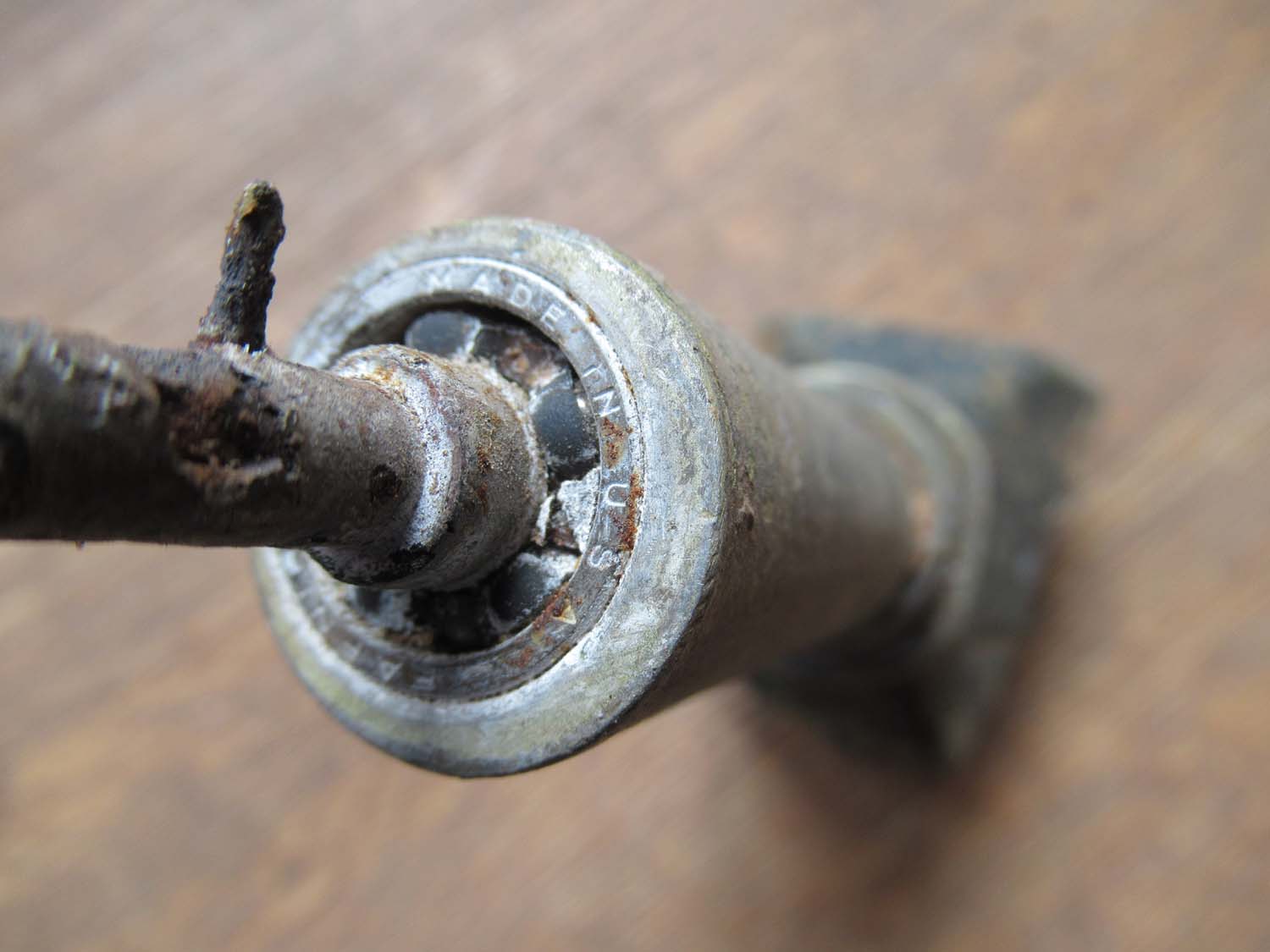
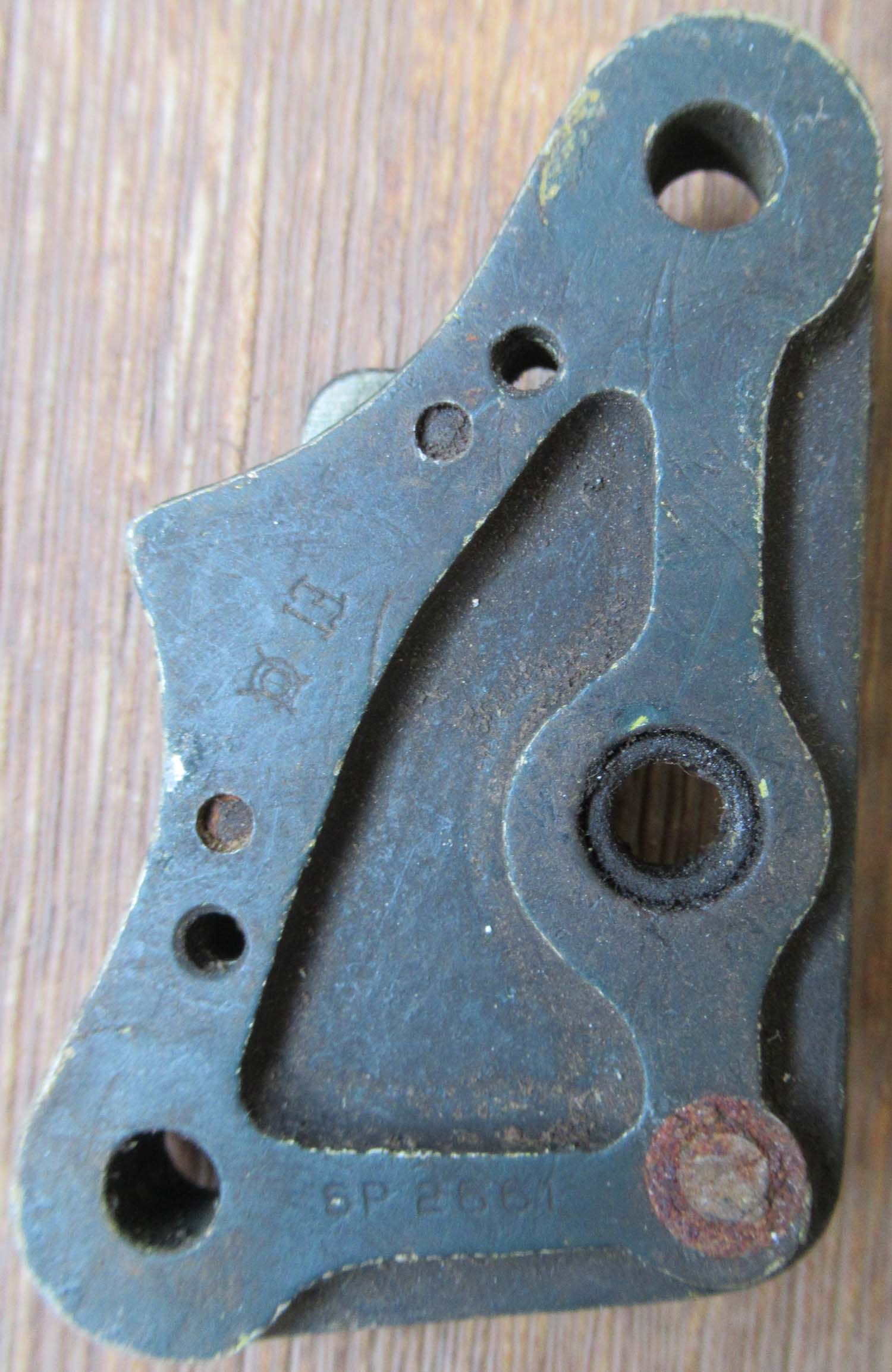
£275


|
Arnhem C47
Collection of Relics (No.1 Pg 1 Relics) This
collection of relics came from a crash sight in Arnhem, clearly
from a US made aircraft.
A fascinating collection from one of
the famous battles of WWII the purchase price includes all the
items in the pictures.
Being a mainly British
operation "Market Garden", the jack box has an
Air Minstry plate so this is from an aircraft almost certainly being
operated by the RAF.
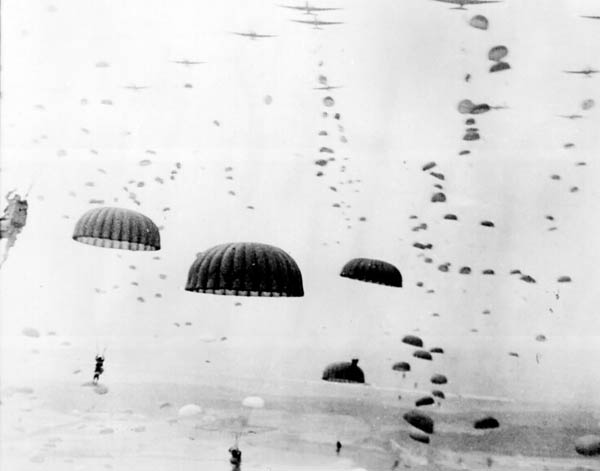
These were purchased from a
collector in Holland. Being held for many years, the
detailed history has been lost if in fact it was ever known.
The most likely source of
these parts is the C47 which were used extensively by the RAF
during this operation, dropping troops and towing gliders.
Nearly 80 C47s were lost(No.11 Pg 1 Relics)Market Garden.
Click on pictures to enlarge
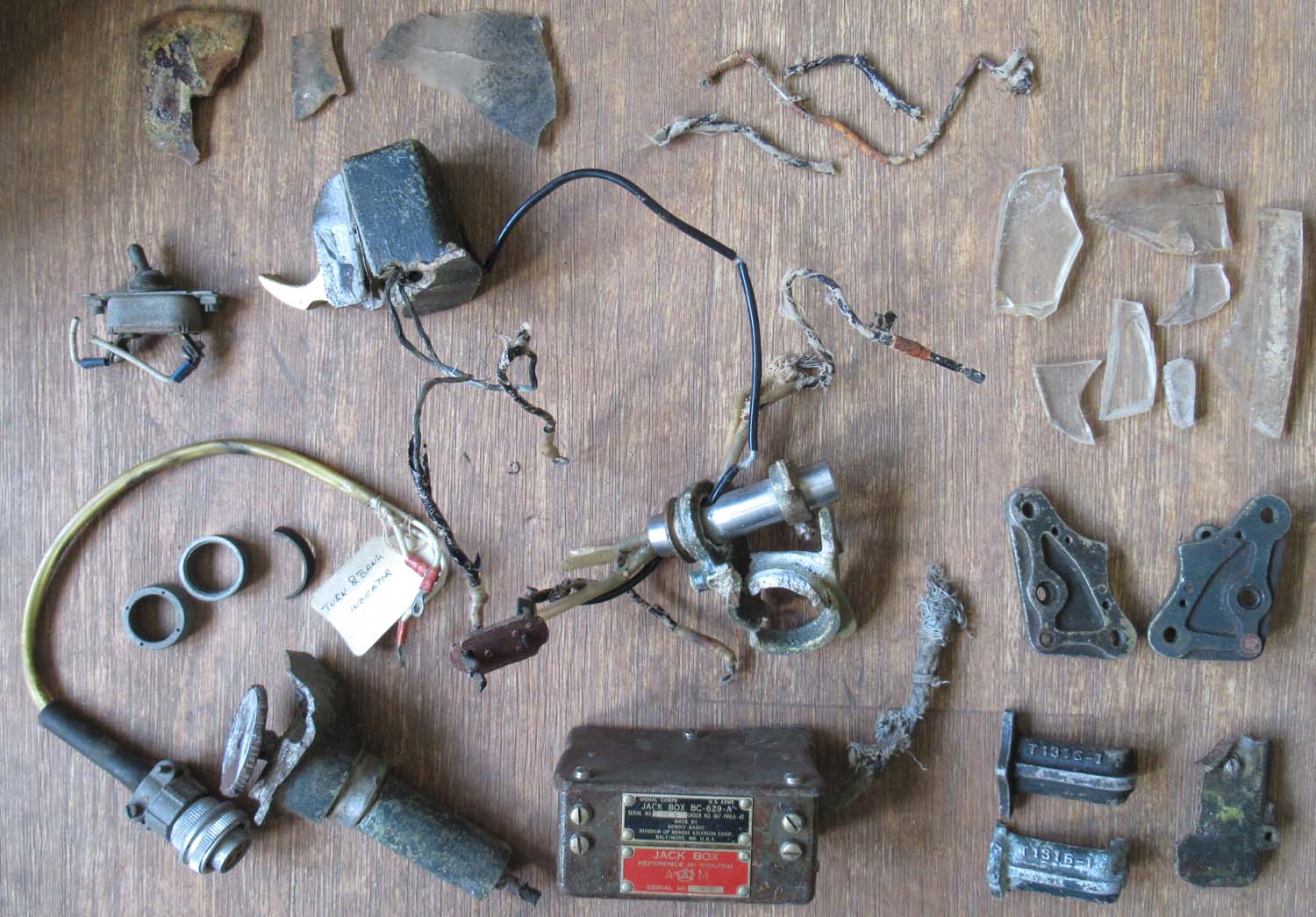
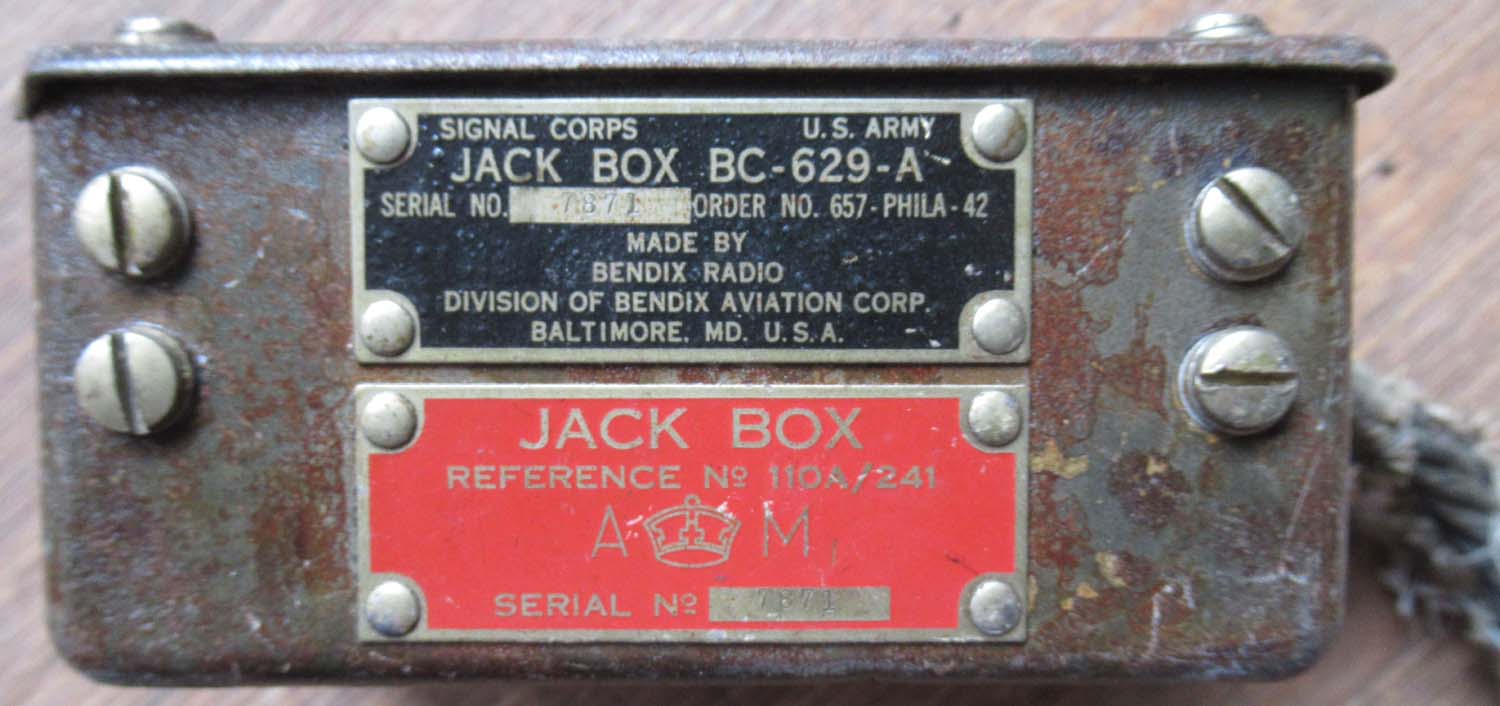
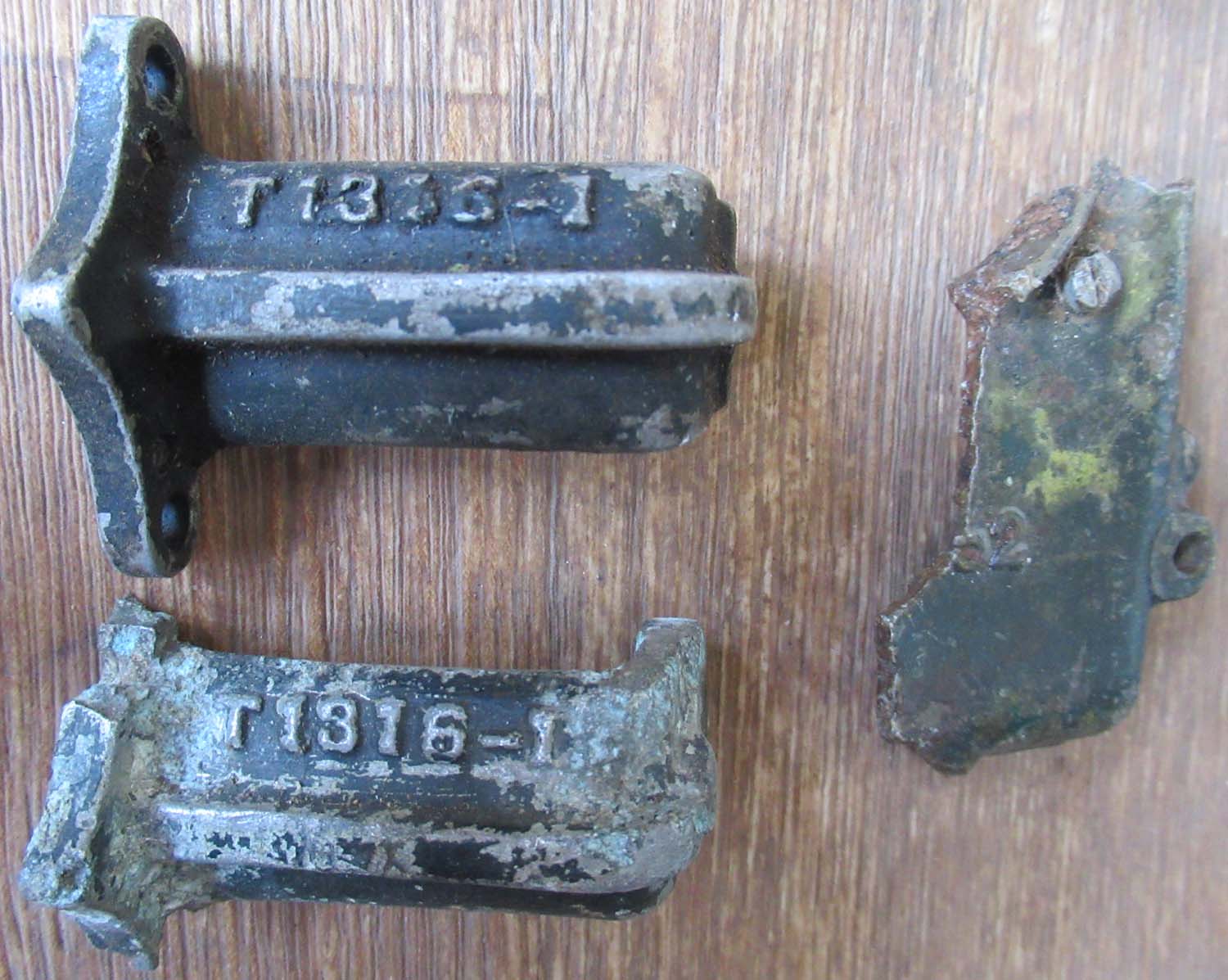
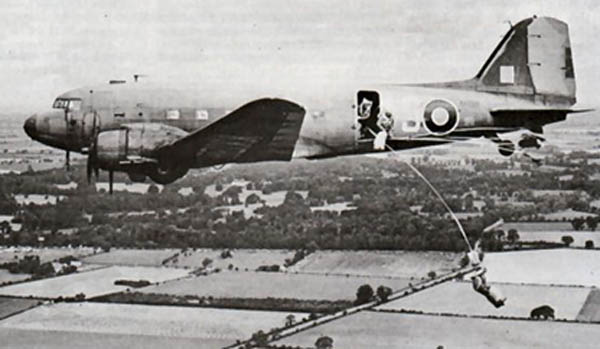
Shown above a C47 dropping paratroops over Arnhem. Note the
British markings on the aircraft.
|
|
|
 |

